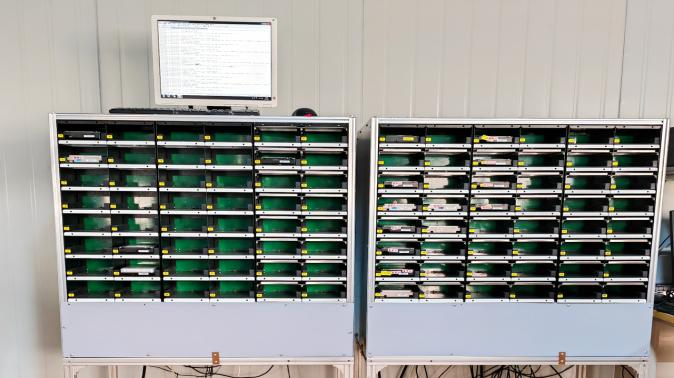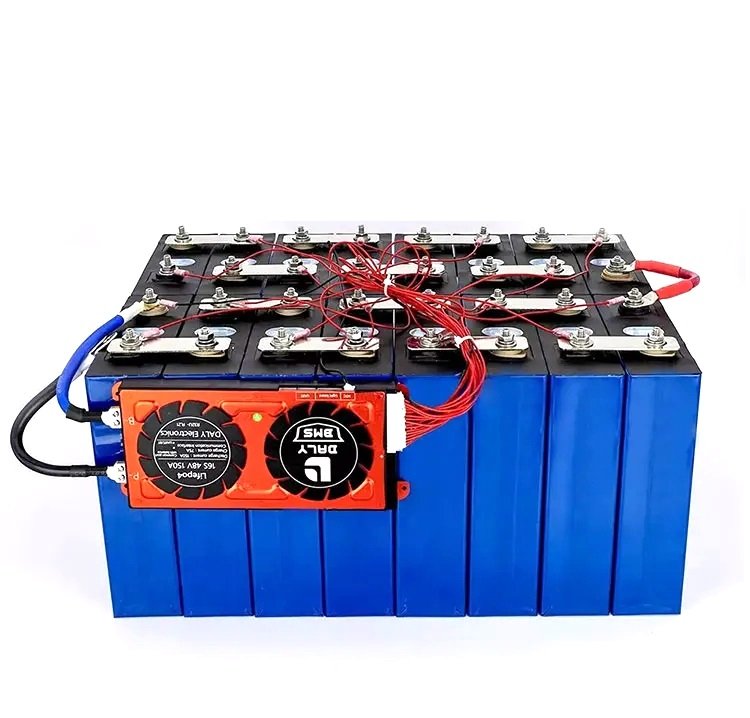In the world of construction, woodworking, and home improvement, power tools are indispensable. However, while they enhance productivity and efficiency, many of these tools operate at noise levels that can be detrimental to both the user and the surrounding environment. Understanding which power tools are the loudest, their decibel ratings, and the implications of prolonged exposure to such noise is crucial for safety and health. This article delves into the loudest power tools, their applications, and the importance of noise management in your workspace.
Understanding Decibel Levels
Before diving into specific tools, it’s essential to understand how sound is measured. The decibel (dB) scale is logarithmic, meaning that an increase of just 10 dB represents a tenfold increase in sound intensity. For context, normal conversation typically hovers around 60 dB, while sounds above 85 dB can lead to hearing damage with prolonged exposure.
The Loudest Power Tools
- Jackhammers (105-120 dB)
Jackhammers are among the loudest power tools available, often used in construction for breaking concrete and asphalt. Their high decibel levels can cause immediate hearing damage, making ear protection essential for operators and nearby workers. - Chainsaws (100-120 dB)
Chainsaws are vital for forestry and landscaping but are notorious for their noise. The sound produced can vary based on the model and the type of work being done, but it consistently ranks high on the decibel scale. Users should always wear hearing protection to mitigate the risk of hearing loss. - Air Compressors (90-100 dB)
Air compressors power various tools and equipment, but they can be quite loud, especially when operating at full capacity. The noise level can vary depending on the size and type of compressor, with larger models producing more sound. Regular maintenance can help reduce noise levels. - Circular Saws (90-100 dB)
Circular saws are essential for cutting wood and other materials. While they are incredibly useful, they can produce significant noise, especially when cutting through dense materials. Using a saw with a lower RPM can help reduce noise without sacrificing performance. - Nail Guns (90-95 dB)
Nail guns are a staple in construction and carpentry, allowing for quick and efficient fastening. However, the sound of a nail gun can be startling and loud, necessitating the use of ear protection during prolonged use. - Grinders (90-95 dB)
Angle grinders and bench grinders are commonly used for cutting, grinding, and polishing materials. Their noise levels can reach up to 95 dB, making hearing protection a must for users.
The Impact of Noise on Health and Productivity
Prolonged exposure to loud power tools can lead to a range of health issues, including:
- Hearing Loss: Continuous exposure to noise levels above 85 dB can result in irreversible hearing damage.
- Increased Stress Levels: High noise levels can elevate stress, leading to decreased productivity and increased fatigue.
- Communication Barriers: Loud environments make it difficult for workers to communicate effectively, increasing the risk of accidents.
Noise Management Strategies
To mitigate the risks associated with loud power tools, consider the following strategies:
- Use Hearing Protection: Invest in high-quality earplugs or earmuffs designed for high-decibel environments. Ensure that all workers are trained on the importance of hearing protection.
- Implement Noise Barriers: If possible, use sound-absorbing materials or barriers to reduce noise levels in the workspace.
- Schedule Work Wisely: Plan noisy tasks during times when fewer people are present to minimize exposure.
- Regular Maintenance: Keep tools well-maintained to ensure they operate efficiently and quietly. Dull blades and worn-out parts can increase noise levels.
- Educate Workers: Provide training on the risks associated with noise exposure and the importance of using protective equipment.
Conclusion
Understanding the loudest power tools and their potential impact on health and productivity is crucial for anyone working in construction or related fields. By prioritizing noise management and implementing protective measures, you can create a safer and more efficient work environment. Remember, while power tools are essential for getting the job done, protecting your hearing and well-being should always come first.


